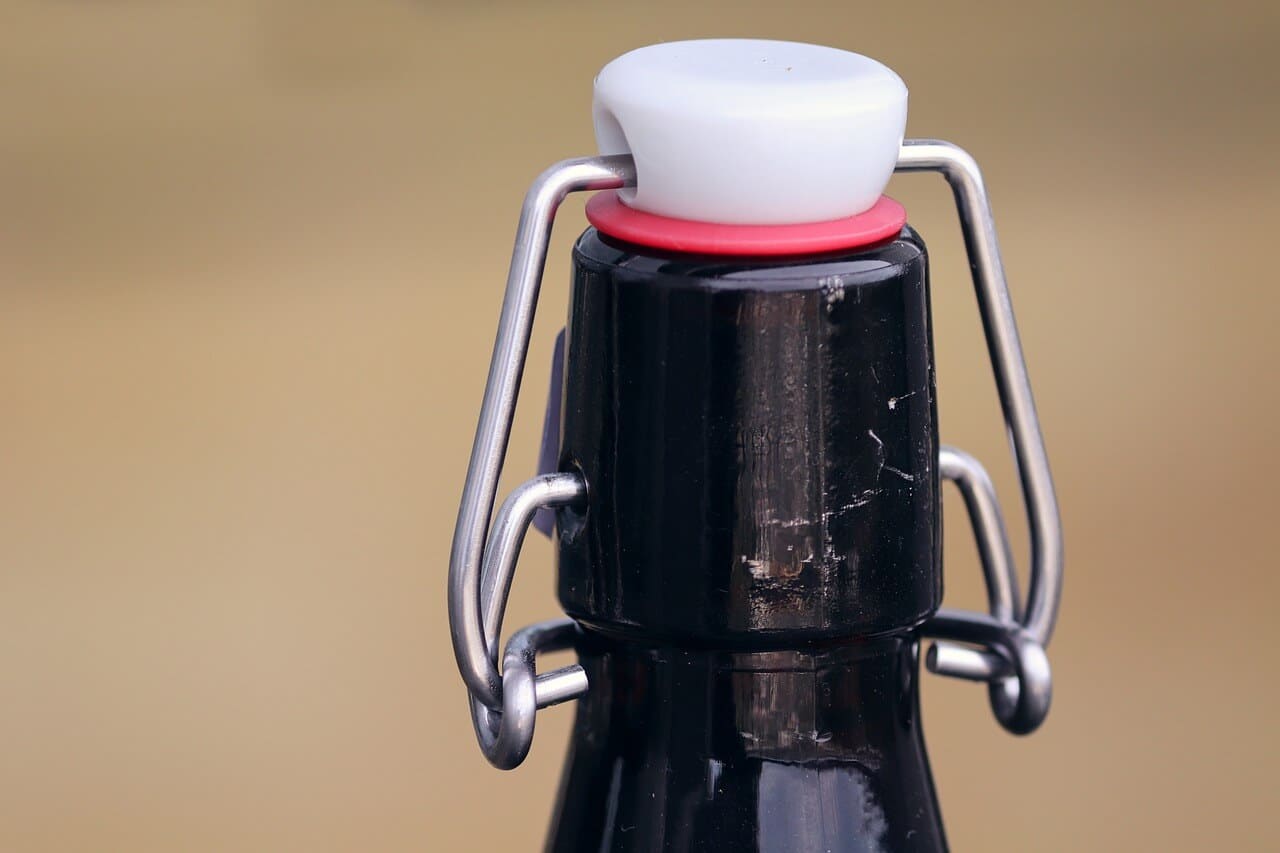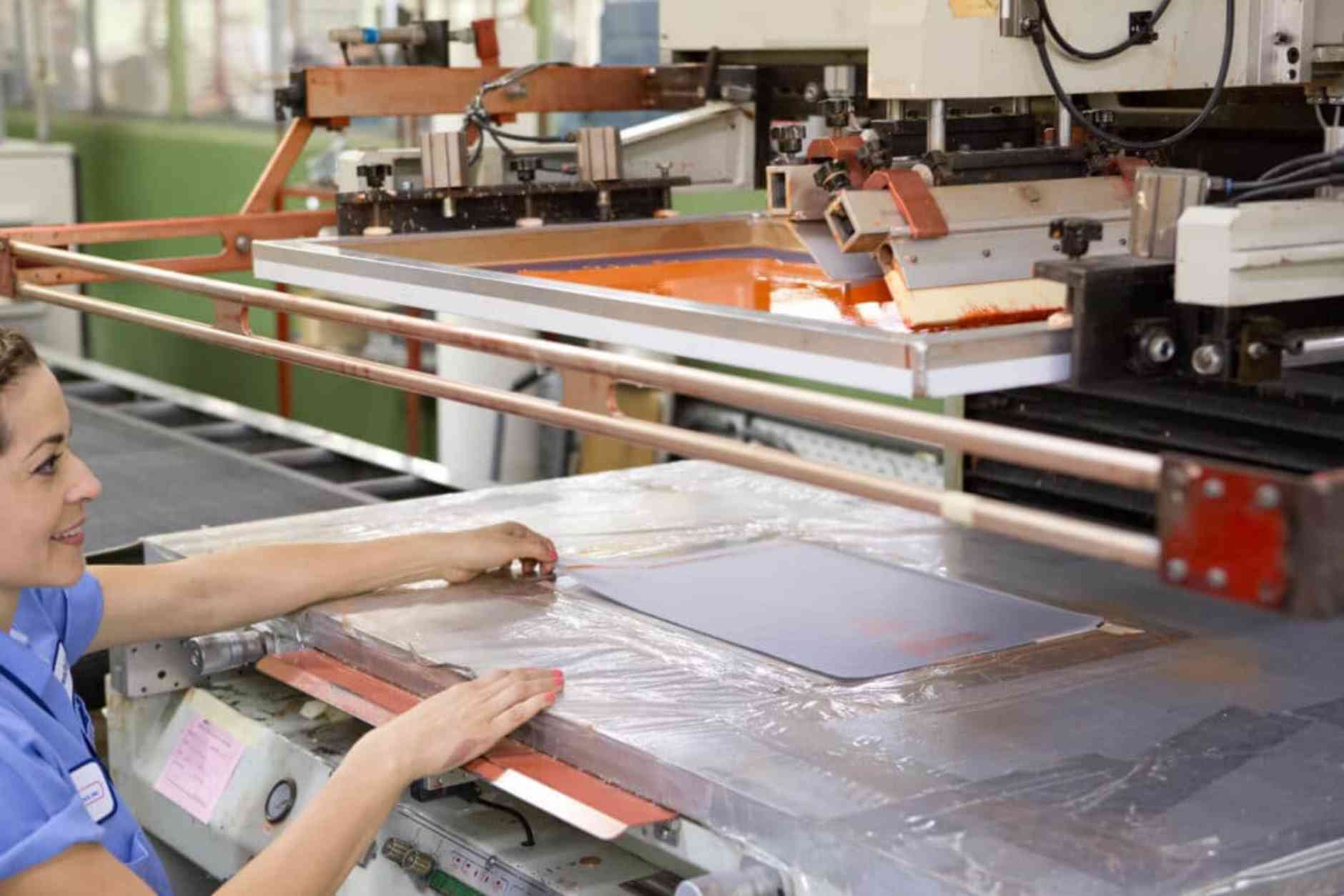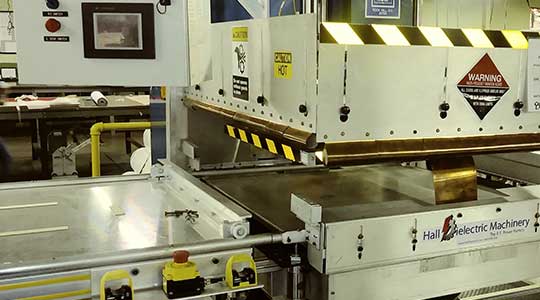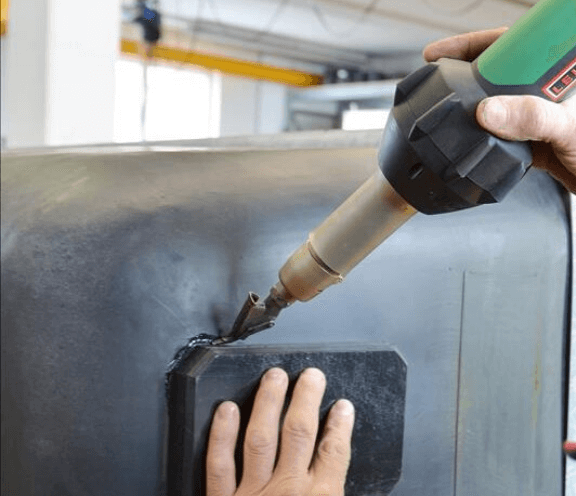How Does a Fuel Bladder Tank Work?
A fuel tank bladder is a type of membrane that is used to hold hazardous liquids of all kinds, but especially fuel. These membranes are typically made of two layers of thermoplastic material. The membrane is made using a thermal-plastic welding process, which inflates the two layers without bonding them together. The bladder functions as […]
Read MoreThe Complete Guide to Marine Fuel Bladders
What is a Marine Fuel Bladder? The fuel tank is one of the most important parts of any device (usually a vehicle) that uses liquid fuel. It is where the gas is stored before it gets burned in an engine. We think of fuel tanks as metal structures, but this is not always the case. […]
Read MoreFuel Bladder vs Hard Tank for Your Next Product Design
Fuel bladder vs a hard tank – this is a common topic vehicle engineers have debated for years when deciding how to store the fuel supply of their designs. are created with industrial sewing technology and are key to smooth operations for many applications. It’s not just your car or lawnmower that needs gas in […]
Read MoreHow Do You Make a Hermetic Seal
You might have seen the phrase “hermetically sealed” before and wondered what it meant. It’s a common description from science fiction movies, where the characters convey just how sealed off a location or object is. It’s used a lot in marketing, too, for much of the same reason — “hermetically sealed” is another way of […]
Read MoreWhat is Vinyl Welding?
Heat sealing and welding are often used interchangeably when people talk about industrial sewing. Although there are multiple methods of joining fabrics like vinyl together, the end result of vinyl welding is the same: a waterproof and airtight hermetic seal. How Does RF Welding Work? Though it’s been around since at least the 1970s, RF […]
Read MoreUnderstanding Material Weldability in RF Manufacturing
Table of Contents Introduction to Weldability in Industrial Manufacturing Fundamentals of Weldability in RF Welding Factors Influencing Weldability in Different Materials Challenges and Solutions in Welding Diverse Materials Exploring Materials and Their Weldability in RF Welding Trust Vinyl Technology For Your Industrial Sewing Needs Key Takeaways Weldability is a key concept in industrial manufacturing, especially […]
Read MoreWhat is RF Welding and How Does it Work?
RF welding and heat sealing are often used interchangeably when people talk about the kind of industrial sewing we do at Vinyl Technology. Although the result of an RF weld often looks a lot like the same airtight and waterproof barrier you get from a traditional heat seal, the technology requires no heat at all. […]
Read MoreEverything You Need to Know About Drone Fuel Bladders
Military fuel bladders play a critical role in the operation of unmanned aerial vehicles. What is a Drone? UAVs (Unmanned Aerial Vehicles) are an important piece of equipment in US Army operations. These drones provide unprecedented access to reconnaissance, communications, and other applications without endangering the lives of staff. The use of UAVs has increased […]
Read MoreWhat is PVC Fabric Welding and How Does it Work?
PVC welding, specifically PVC fabric welding, is a technique that uses heat or RF fields to create welds of various shapes and patterns. PVC is an acronym for polyvinyl chloride, which is a type of vinyl. PVC has been used extensively in many industries for lots of implementations. It is widely used today because of […]
Read MoreHow Are Air Bladders Made?
Inflatable air bladder solutions are primarily used in industrial, medical, and marine applications. In the medical field, air bladders are used to treat broken limbs and transport patients. You might also see them used as seat cushions in aircraft. For marine applications, they are often used as a flotation device with an inflatable raft or […]
Read More









